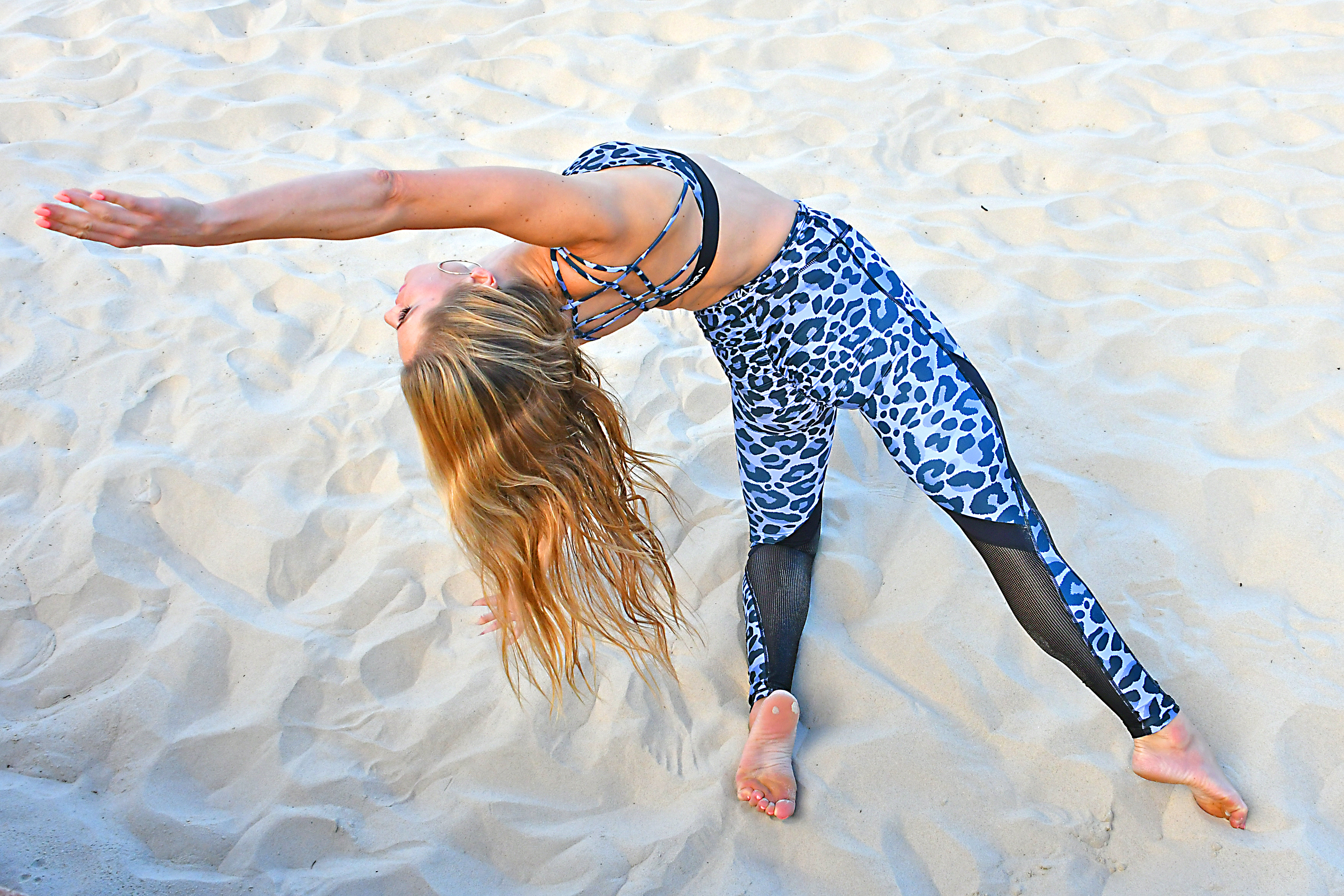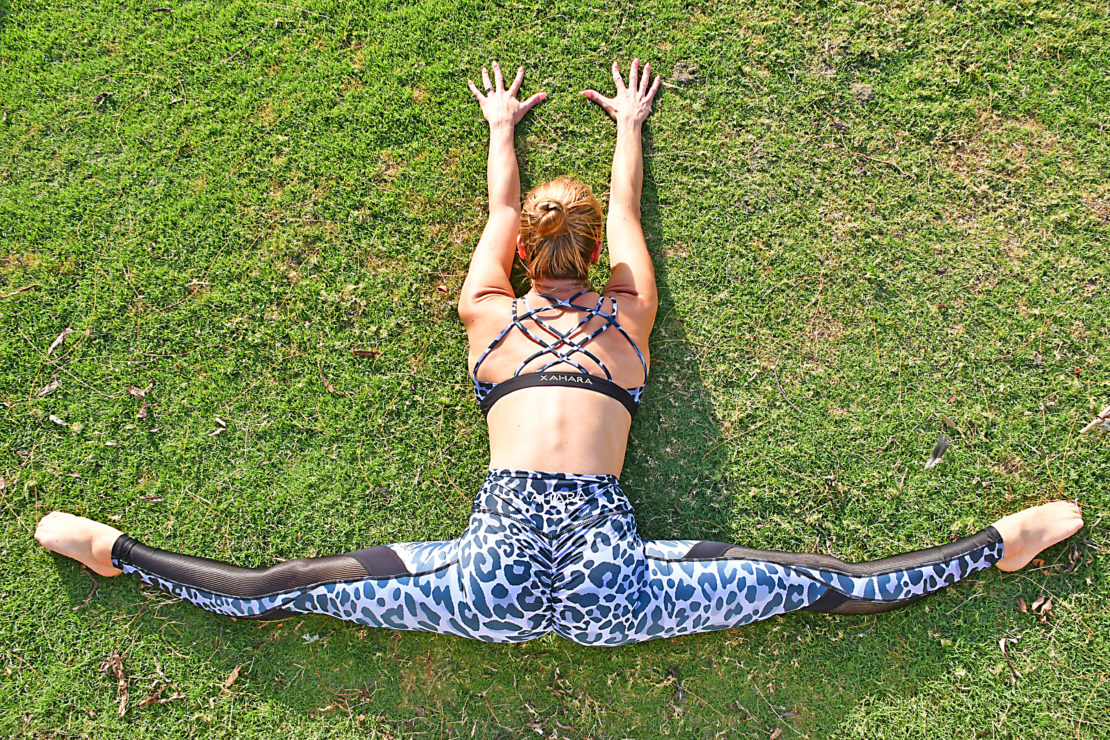How do dancers become so flexible?

Keeping the body mobile is a crucial aspect of being healthy, not only for a dancer but for EVERYONE. If you cannot move your joints freely through full ROM(range of motion) you are putting your body at increased risk of injury.
One of the most common mistakes people make when training their bodies, is getting too caught up in the aesthetic focus of fitness. Of course we all want to look to great, but not when it comes at the expense of more important physical attributes like health and mobility.
During your twenties, most people get away with a relaxed attitude towardstraining: your body recovers rapidly, and it’s still benefiting from the natural flexibility you had during childhood. As the years pass, however, even basic movements like squats and lunges can become laboured and difficult, as the body starts to “stiffen up!”
We often suffer from ‘it won’t happen to me’ syndrome – but unfortunately it can!
Professional dancers do not have the option to allow this to happen. Stretching their bodies and maintaining flexibility and mobility is a job requirement, so to them it is just as important as refuelling their body or brushing their teeth everyday! In my opinion, everyone (whether a dancer or not) should take the same approach.

What is mobility? Is it the same as flexibility?
Mobility refers to our ability to move freely without stress on the body. Our flexibility is dependent on the range of motion of our muscles. The two are not the same, but are not mutually exclusive. Good mobility can assist your flexibility and vice versa.
What are the main benefits of mobility training
Mobility training can improve the range of motion of our joints and muscles. It can assist in improving our posture. Mobility training can alleviate ‘everyday’ aches and pains as well as improve our body awareness.
To gain best results, should I stretch everyday? And what time of day is best?
I recommend 5-6 days per week to gain quality results, however, you do need to allow the body time to process and heal, so 1 or 2 rest days per week is recommended.
It’s important to find a time of day that best suits your schedule and your body. I personally enjoy stretching of an evening, however everyone is different, so listen to your own body clock with regards to the best time of day for you, then commit to your preferred time.
Remember to always ease into your stretches by warming the body up first and never force or add resistance to a stretch until you feel comfortable to add extra load.
Is mobility more important as we get older?
YES! However, It’s important to be mobile at any age. The ageing process can take its toll on the body, so it is important that we stay mobile and supple to combat this.
Can flexibility training be incorporated alongside other forms of training or is it a discipline unto itself?
Flexibility training can be used as part of your warm-up for your workout, or you can use it within your training in the form of active rest. The exercises can also be used to recover from other forms of training. In Deanne Berry Bodies (DBB) Training program, flexibility, strength and cardio training are all key elements of each workout.
What kind of injuries could be prevented or reversed with proper mobility / flexibility work?
Conditions such as lower back or knee pain, plus some forms of arthritis, can benefit from keeping the body mobile, also back and pelvic pain caused during pregnancy and various post natal symptoms.
It’s important to remember that they should always be performed once medical clearance has been given while recovering from injury or whilst pre or post natal.
Could I be too late to start mobility / flexibility training? How soon could I begin to see results?
It is never too late to start mobility / flexibility training! Becoming more flexible is always something you can improve and make gains.
In terms of results, this will initially be something you feel rather than see. It is SO important to be consistent with your mobility training. Over time you will see an increase in your range of motion and perhaps improvement in your performance in other activities. Set yourself some mobility goals – e.g. Touch your toes without bending the knees, gain a full deep squat while keeping the heels on the ground, perform your front split, side split pancake while measuring the distance between yourself and the floor, etc…
Here is a list of basic mobility drills you could perform once per week to get you started with mobility:
Groin/Hip Mobility Drill. Stand with palms against a wall at shoulder height. Keep feet pointing forward and swing right leg in a pendulum motion. Gradually increase the range of comfortable motion. Perform this drill for ten repetitions, three times on each leg.
Hamstring Mobility. Stand in a deep lunge and gradually slide your back foot deeper, lowering your body towards the ground until you are able to place hands either side of hips onto the ground. Then gently rest the knee on the ground and lift back off. Then straighten knees and raise the hips up, keeping the chest as low as possible to the front knee. Repeat a few reps on one side, then switch to other leg. Again, gradually increase your range of motion and be sure to keep your body in line with the hips facing front and contract your core throughout.
Ankle Mobility. Assume an all fours position, in a bear stance so that you have two hands flat on the ground and are up on your tiptoes. Cross one leg over the other and distribute your weight on to your flat bottom foot. Rock forward and backwards from your heel through to your toes and back. Perform this exercise 10 times on each leg.
Quadruped Thoracic Rotations (for back and shoulders). Begin in a four-legged position, and place one hand behind your head. Keep your core braced and rotate your upper back downwards bringing the elbow of your elevated arm down toward the elbow of your bracing arm. Reverse the motion until the elbow is pointing towards the ceiling (or as far as you can go without rounding your lower back) Repeat 10 x 3 sets on each side.
Scapular Wall Slides (for back and shoulders). Begin by standing with your back against a wall with correct posture. Raise arms out to your sides so that your forearms rest vertically against the wall. Maintain this contact throughout the exercise. Slide your arms up until your arms are straight and then back down all the time focusing on pulling your shoulder blades together and down. At the bottom of the movement bring your elbows into your body and squeeze your shoulder blades together.
Squat to Stand (for full body stretch). With your legs shoulder width apart, hinge through the hips, bend your torso over and grasp your feet with arms outstretched. Lower into a full squat position, dropping your hips as far as you can while keeping the back straight. Return to the start position maintaining correct form.
 |
Deanne BerryCEO and Creator, Deanne Berry Bodies Pty Ltd.E deanne@deanneberrybodies.com, info@deanneberrybodies.com W http://deanneberrybodies.com |